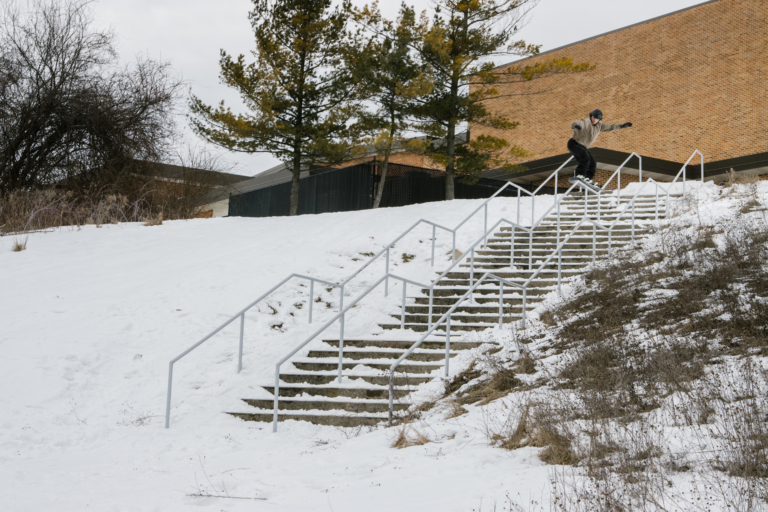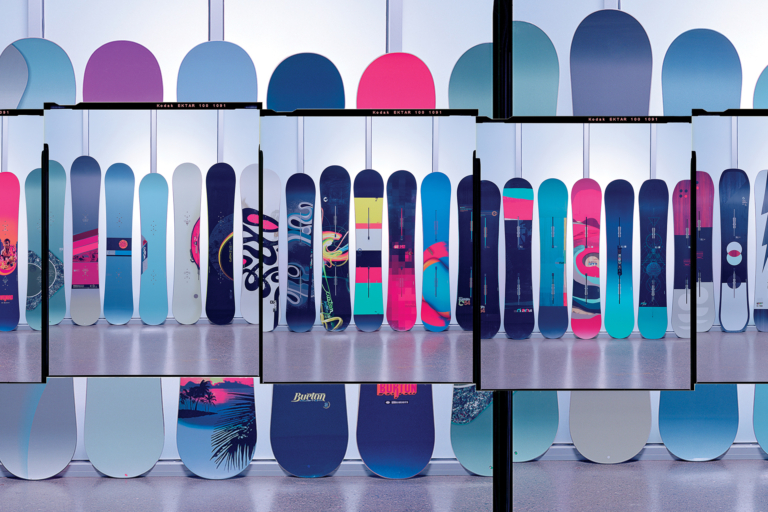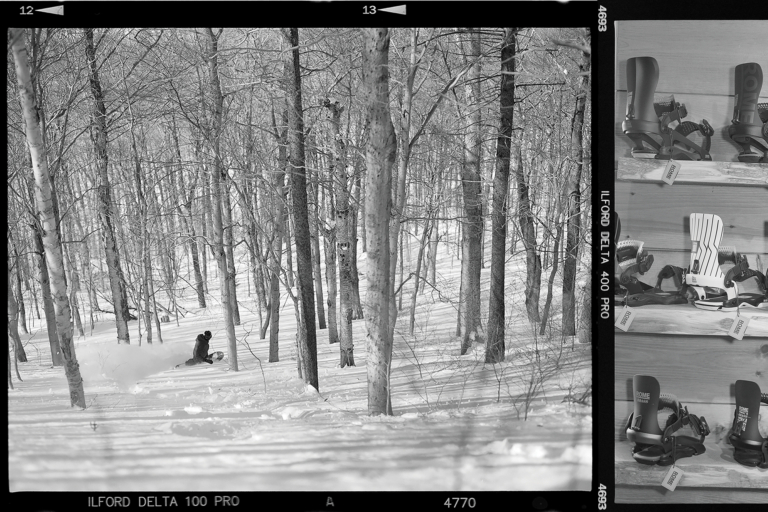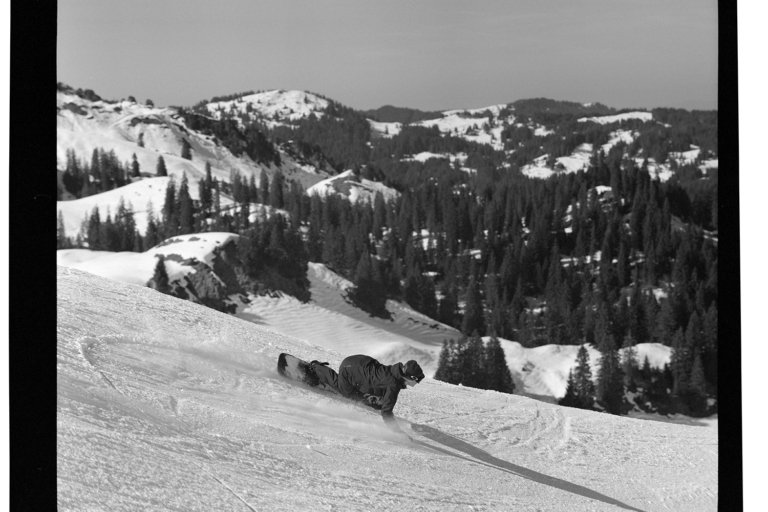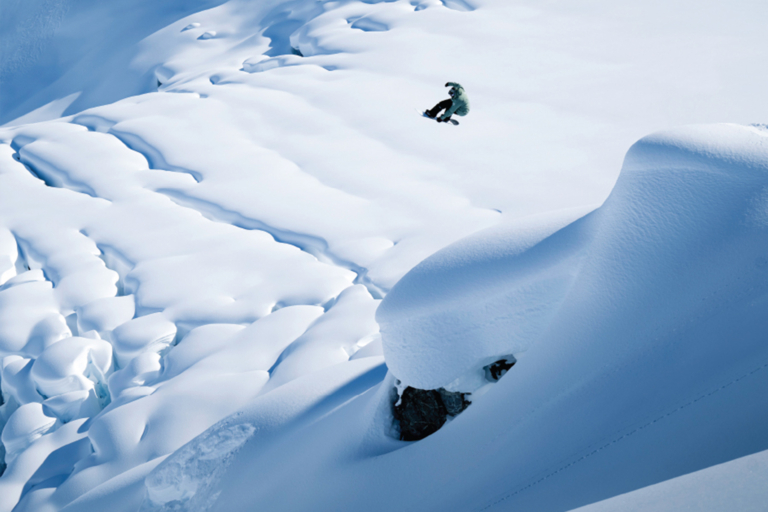As Floridians are staring head on at one of the biggest hurricanes to hit the panhandle in decades and resorts around the globe are struggling with the not-so-recent downturn in annual snowfall every winter, it sounds stupid to say that climate change is the biggest threat facing humanity. In all reality, we as snowboarders have skin in the game, and because of that, we should feel compelled to act. And not just because our winters are whittling away, but because the planet that we leave behind us is a reflection of what our generations stood for. Heavy, but true. And companies are starting to take more and more action as this threat becomes ever-increasing. Many outdoor brands are affiliated with environmentally-friendly organizations and organizations such as Protect Our Winters have a seat at the biggest political tables in the United States. But recently, an organization called 1% For The Planet has been making moves in the outdoor industry and partnering with some of our biggest brands. The ethos is simple. If a brand chooses to partner with 1%, then 1% of their sales revenue is donated and then passed on to the organization’s vetted environmental partners.
In 2019, Nidecker Snowboards—on top of making some serious moves in the snowboard space—announced that they would become a brand partner with 1%, adding to the ever-growing list of brands that are aligning their companies more with environmental impact at the forefront of their decisions. So we decided to get in touch with Kate Williams, CEO of 1% For The Planet, and Tom Wilson-North, Marketing Director for Nidecker Snowboards to chat a bit about their partnership, goals and the future gold standard for brands in the outdoor space.
—T. Bird

Tom Wilson-North, Marketing Director, Nidecker Snowboards
Is it just Nidecker Snowboards that are partnering with 1% or all of the brands under the Nidecker umbrella?
First up, thanks for noting the difference between Nidecker Snowboards and the Nidecker Group. I’m the marketing guy for Nidecker Snowboards; the Nidecker Group (confusing I know) is the company that owns and operates not just Nidecker Snowboards but also #YES, Jones, Etnies, éS, Emerica, Thirtytwo and Low Pressure Studio (Rome & Bataleon). Each brand is pretty much a free agent creatively, so it’s up to their team to define the direction. Jones was obviously started by Jeremy Jones, who also founded Protect Our Winters, and those guys have been a 1% member since they started. Nidecker Snowboards signed up as soon as our budget allowed, back in 2019.
What was the motivation to partner with 1% For The Planet?
Great question. Ecology is something that affects all of us. There’s not a human being on the planet who doesn’t want clean water and clean air, and beauty in nature can be appreciated by everyone. You don’t need to be an activist or an eco-warrior to appreciate that stuff, it’s ingrained into our DNA. Nidecker doesn’t put itself in the same bracket as Patagonia and Jones – whose identity is really defined through their green credentials – but we do consider the world in every choice we make because, at the of the day, it’s important to protect the spaces we love. Our 1% FTP commitment just feels like the right thing to do; it means part of our total sales goes towards making the world a better place. And the way it’s set up, even if the company has a flat year, that 1% For The Planet money isn’t touched.
What are some of the negative impacts of snowboard production that affect the planet?
As soon as you wake up in the morning, you’re surrounded by your footprint. The polyester in your sheets, the plastic in your alarm clock, the process of making the water glass beside your bed, the shipping on the rug you step onto. Footprint is a reality – not just at the production phase but throughout any business. Recognizing that, and using learnings from other players in the industry – as well as pioneering our own environmental initiatives where we see the opportunity – is really big for us. For instance, using the train to move bindings from China to our European market (instead of booking more polluting ocean freight) was something I pushed for as soon as I started – and it turned out to be not just greener, but cheaper and faster. Sharing the ethos with suppliers and helping them operate more cleanly and efficiently. For another great example, look at our end-of-life boards. As soon as Jones developed the Re-Up program with SWS in Dubai – which deconstructs old snowboards and turns them into material for new boards – we signed up as a partner. We used to have piles of old boards lying around, now we struggle to find one.
Do you hope that the 1% partnership will eventually become an industry-standard practice?
Honestly, yes. I see some brands pursuing in-house initiatives, or so-called “ecological” programs with for-profit partners, and getting themselves tied up in knots with shady practice, contradictions or worse. For instance, there’s still a lot of opacity in the world of carbon accounting, and not yet any real accountability for bogus claims. The open nature of the 1% program is evidence of its legitimacy and, frankly, it should be a no-brainer first step for any company operating in outdoor sports.
Why is it so important for not just the snowboard industry, but the outdoor industry as a whole to really concern themselves with initiatives like this that help the planet?
Looking at the big picture, our goal is to grow snowboarding. That’s good for business, obviously, but the more people that snowboard , the more people get close to the fragile environments impacted by climate change – and the more they will want to help care for them. That goes for the whole of the outdoor industry. So we’re not asking you to stop travelling, stop riding, and stop living your life. Far from it. But we hope to set an example of how to enjoy the outdoors in a more considered way.
Can you talk more about how the 1% commitment actually works?
Sure. So every time a customer make a purchase from Nidecker, we commit 1% of the price to environmental initiatives with clear goals. That bit’s important – it’s 1% of our total sales, not just profit. When it comes to how that money is spent, everything is fully audited and transparent. No greenwashing, no hoodwinking, nowhere to hide. We have to supply accounted evidence of our annual turnover to 1%FTP, and show proof of every donation – actual bank transfer details, not just invoices. And on the non-profit partner side, there’s a full vetting process to ensure that the non-profit’s goals are aligned with the four so-called Impact Areas: Rights To Nature, Just Economies, Conservation & Restoration, and Resilient Communities. Fighting climate change is a complex thing, and we focus by supporting non-profits in those four areas. Over the last five years we’ve donated well over half a million dollars via this initiative.
How come you’re so invested in this project?
I’ve been an environmentalist since before I knew what the word meant; my mother used to take me to “Ban The Bomb” protest marches in the UK when I was still in a stroller. We’ve been lifelong Greenpeace members and their brochures were always lying around the house; I wanted to be one of the guys in the little boats disrupting oil rig construction and getting in the way of whaling ships. Mum steered me towards a softer course of activism; going to school, getting experience, and learning how to use real-world skills to benefit the non-profits I align with. A big success was helping with the founding of Protect Our Winters France back in 2010. Then I managed the sourcing and execution of the apparel program for POW Europe, using my connections to do deals which brought in thousands of euros for POW over the years, and reinforced our volunteer network and membership. Now, as a snowboard marketing person, I’m taking the opportunity to enact change through our 1% For The Planet donations, which allows us to directly fund the people on the ground who are making the impact. It’s an incredible feeling.

Kate Williams, CEO, 1% For The Planet
What is the 10-year goal of 1% for the Planet?
In pursuit of becoming the most recognized global environmental community, our 10-year goal is to catalyze a global movement of businesses and individuals committed to accelerating impact. We envision a future where committing to and certifying environmental impact becomes the norm across all industries, driving substantial funding to environmental organizations tackling the critical issues of our time. As such, we are committing to building a new economy in which positive impact is fully integrated into business as usual. By expanding our global network and deepening our impact, we aim to mobilize resources equivalent to billions of dollars for the planet, ensuring a healthier, more sustainable future for generations to come. Looking ahead, we’ll continue to scale this work while finding additional innovative ways to drive impact, like through our Planet Impact Fund.
What brands (both in the action sports space and out) do you currently partner with?
We are proud to partner with a diverse global range of brands committed to environmental giving. In the action sports and outdoor industry, we work with brands like Nidecker, Patagonia, SunGod, ICEBUG, and Alpkit. Beyond that, our network includes business members from over 60 different industries, such as beverage and apparel, brands like Seedlip and Organic Basics. With over 5,200 members in our global network, each member takes accountability for their impact on the planet and leverages the power of collective action to create meaningful change.
To some people, 1% may not sound like a lot, but can you help put into terms how much money gets reinvested into your initiatives?
While 1% of sales revenue may appear modest, it reflects a meaningful commitment when viewed within the context of individual companies—many of which operate on narrow profit margins—and becomes even more substantial when scaled across our expanding network of businesses. Many members of 1% for the Planet choose to donate more than 1% of their sales revenue. Still, they commit to donating at least 1% every year no matter what—whether it’s a good year or bad; that is the critical piece of the 1% for the Planet commitment and why it is currently the high bar of environmental giving. To date, our members have given more than $675 million to our vetted environmental partners. Today, we have more than 7,000 environmental partners – the recipients of the 1% – in 110 different countries working toward a wide array of solutions, from climate justice and urban infrastructure to gender equality, indigenous land rights to supply chain sustainability, conservation policy to environmental education, and beyond. The impact of these investments is profound, as they empower local solutions and amplify the voices of those working on the front lines of environmental challenges.
How important is it for brands to look at the environmental impacts of the products that they are creating?
The motivation for brands to assess and minimize the environmental impacts of their products has never been higher. Consumers today are more aware and concerned about sustainability than ever, and they expect brands to lead the charge. Likewise, investors and vendors are also increasingly creating criteria that take into account environmental and social commitments. By prioritizing environmentally responsible practices—from sourcing materials to manufacturing processes to environmental giving—companies can not only reduce their footprint but also drive innovation and build loyalty among consumers. In this way, sustainability becomes a competitive advantage and a fundamental part of a brand’s identity. Certification is a compelling and tangible way for brands to showcase their credibility and commitment.

